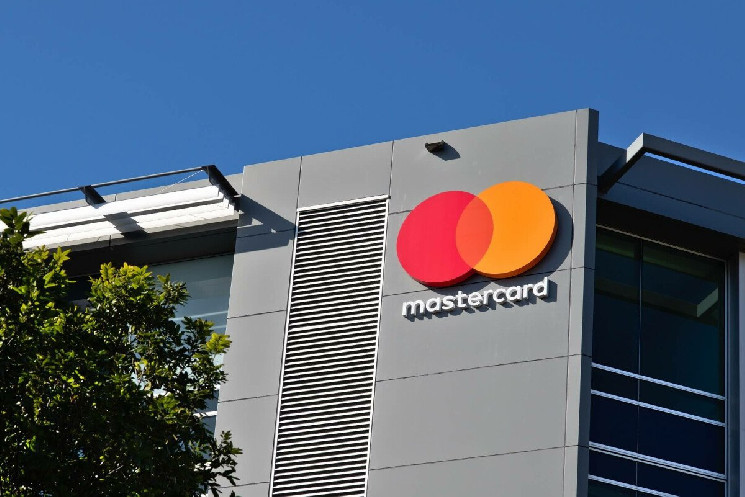Blockchain
Payment giant MasterCard believes that crypto and blockchain are useful and can add much more value to the financial industry as a whole, but only if they address security and ease of use to build trust.
Speaking at a North America Innovation Day event, Raj Dhamodharan, Mastercard’s EVP and Head of Crypto and Blockchain, said that the new technologies of blockchain and crypto are growing in popularity globally.
However, Dhamodharan noted that the lack of security and complex user interactions limit the technologies’ use cases and utilities.
Therefore, while cryptotechnology has the ability to store and move capital and value, he argued, these use cases become sparse when security and simplicity are not priorities.
The EVP was quoted by TechCrunch as saying that,
“Instilling trust in the blockchain ecosystem is a critical step in realizing its full potential.”
Similarly, Johan Gerber, EVP of Security and Cyber Innovation, said that:
“What you need for this technology to scale globally is interoperability and underlying confidence assurance.”
When these key points are reached, Dhamodharan believes, it will be a lot easier for various companies, both traditional and new players, to enter and get started in the Web3 industry.
Capital and talent are coming into the industry and there is a lot of innovation to be seen, but the technology has more potential, Dhamodharan said.
“People look at crypto and think of it as an investment, but there is an entire industry that is much more useful to the financial industry as a whole. The technology itself is very promising.”
Gerber added that Mastercard “aims to provide a technology foundation that anyone from small startups to large financial institutions can innovate on and build on.”
Not a newcomer
Mastercard is not new to the industry. Several developments have been announced in the past few months alone.
As reported last October, the company debuted a new piece of software, Crypto Secure, powered by CipherTraceintended to help banks identify and close transactions from fraud-prone crypto exchanges.
That same month, Dhamodharan said that we could “soon” be able to issue cryptocurrencies as seamlessly as contactless card payments, but that it would require developments in a number of key areas, including crypto cards, service providers, and easier crypto-to-fiat conversion for payments.
In November, CEO Michael Miebach argued that it is “very possible” that everyone will pay with Bitcoin (BTC) one day, “but I think it has a long way to go before crypto becomes mainstream.”
Also in November, Mastercard launched Start Path Crypto, a global engagement program to help blockchain, crypto and digital asset startups scale.
Meanwhile, in June 2022, the company said it would begin enabling non-fungible token (NFT) trading for a range of crypto ecosystem platforms, including marketplaces, metaverse gaming titles, and Web3 infrastructure providers.
And in February this year, Satvik Sethi, the former NFT product lead at Mastercard, made a unique announcement: he surprised the NFT community by publishing his resignation letter as open-edition NFT on Ethereum through the digital collectibles protocol. Manifold.

